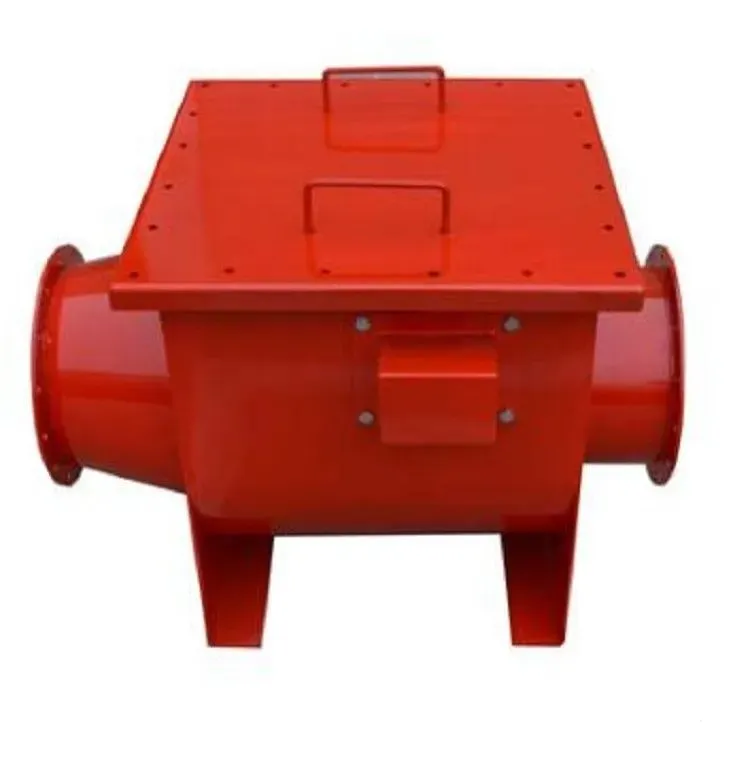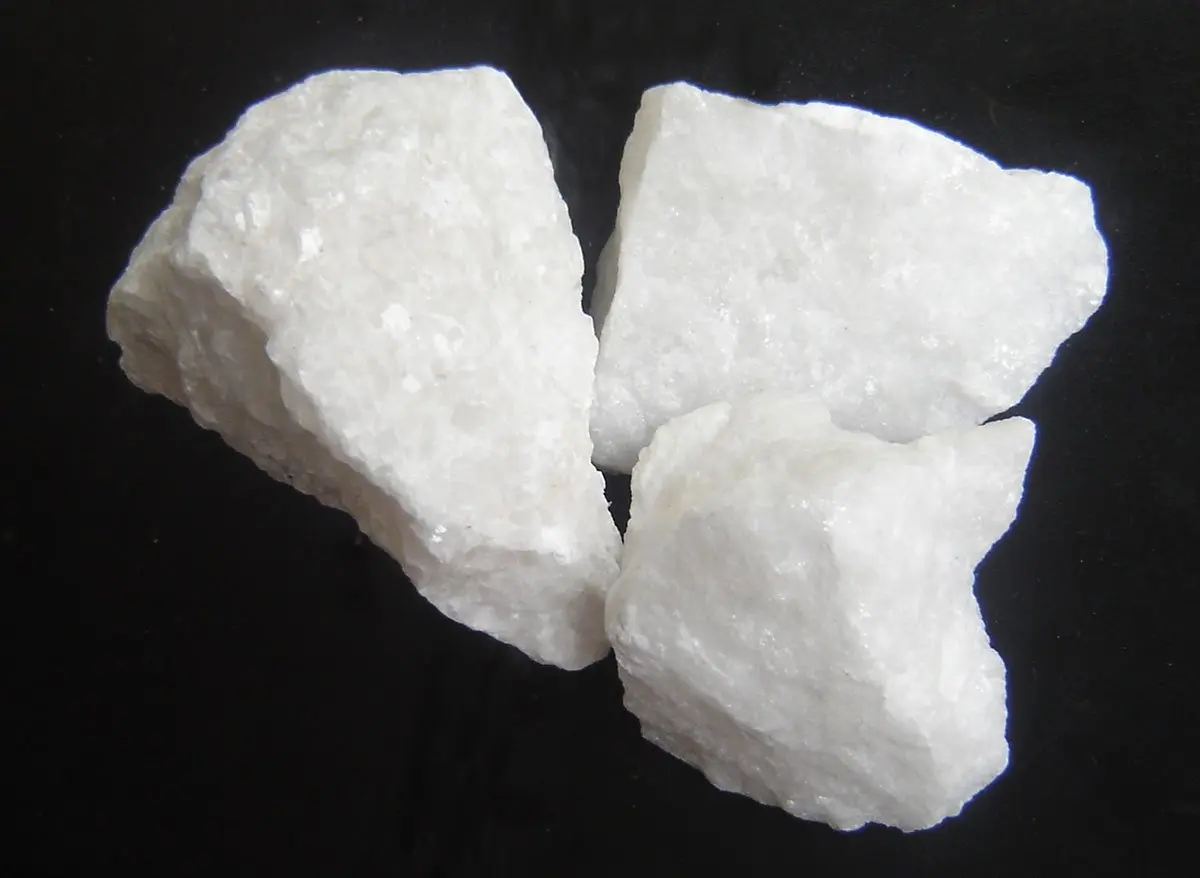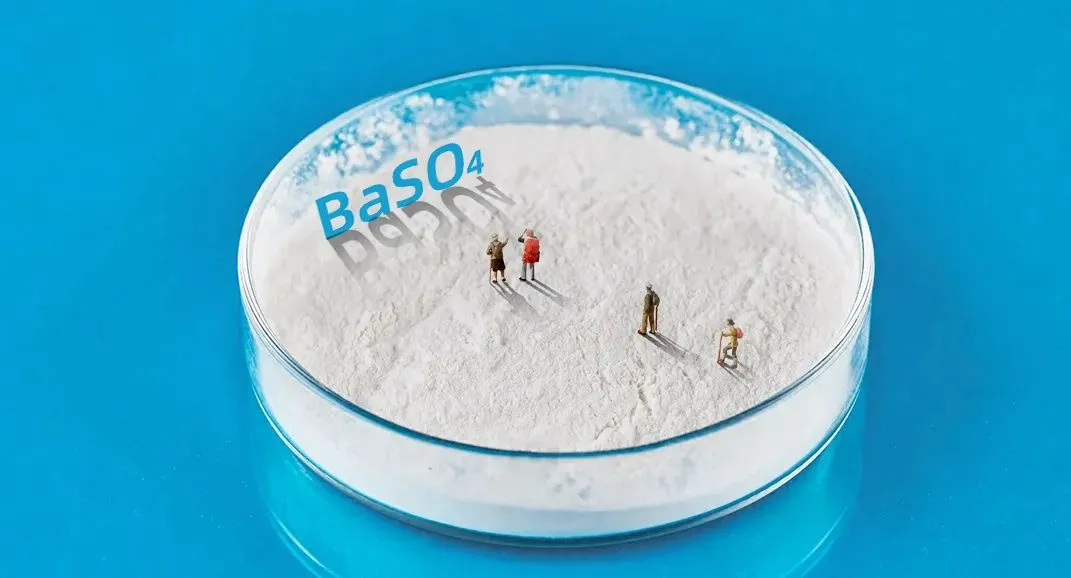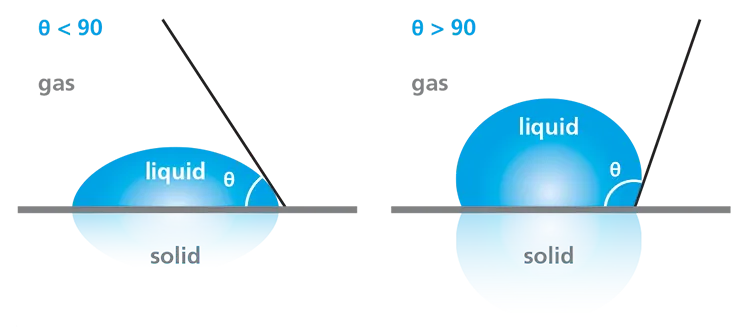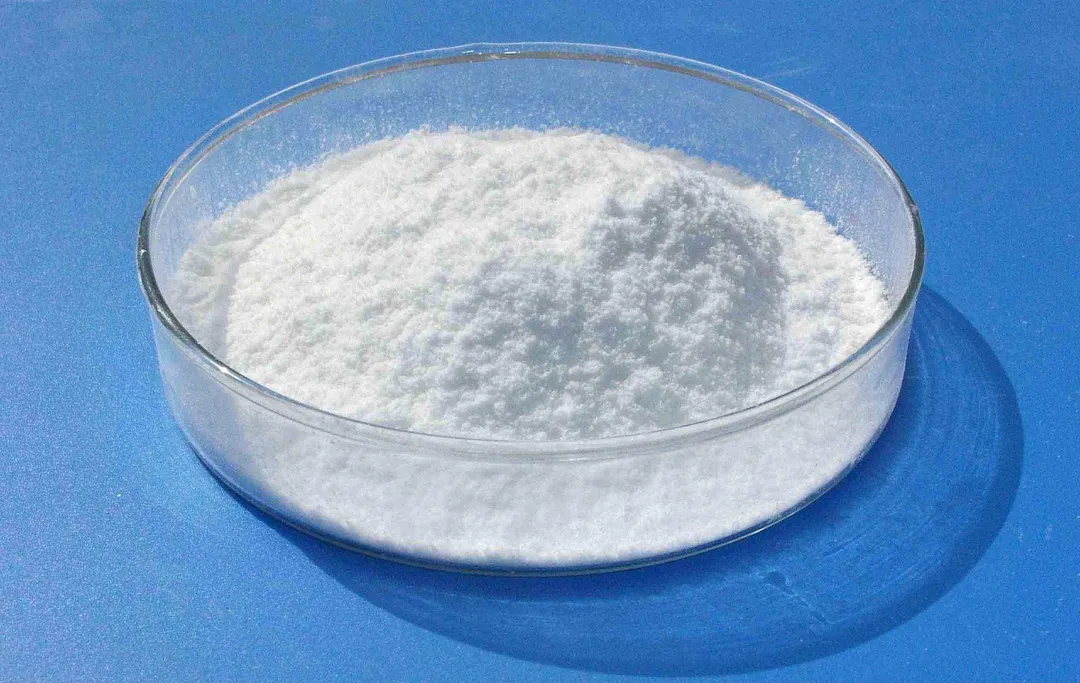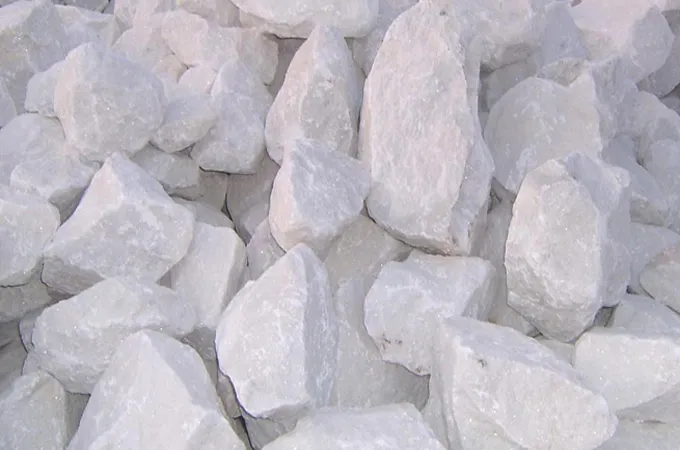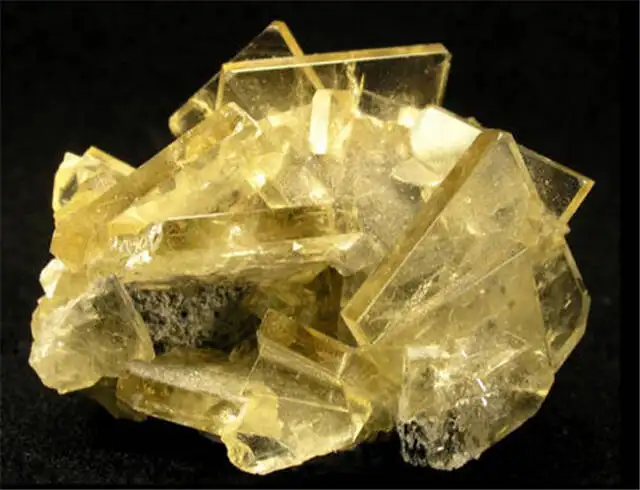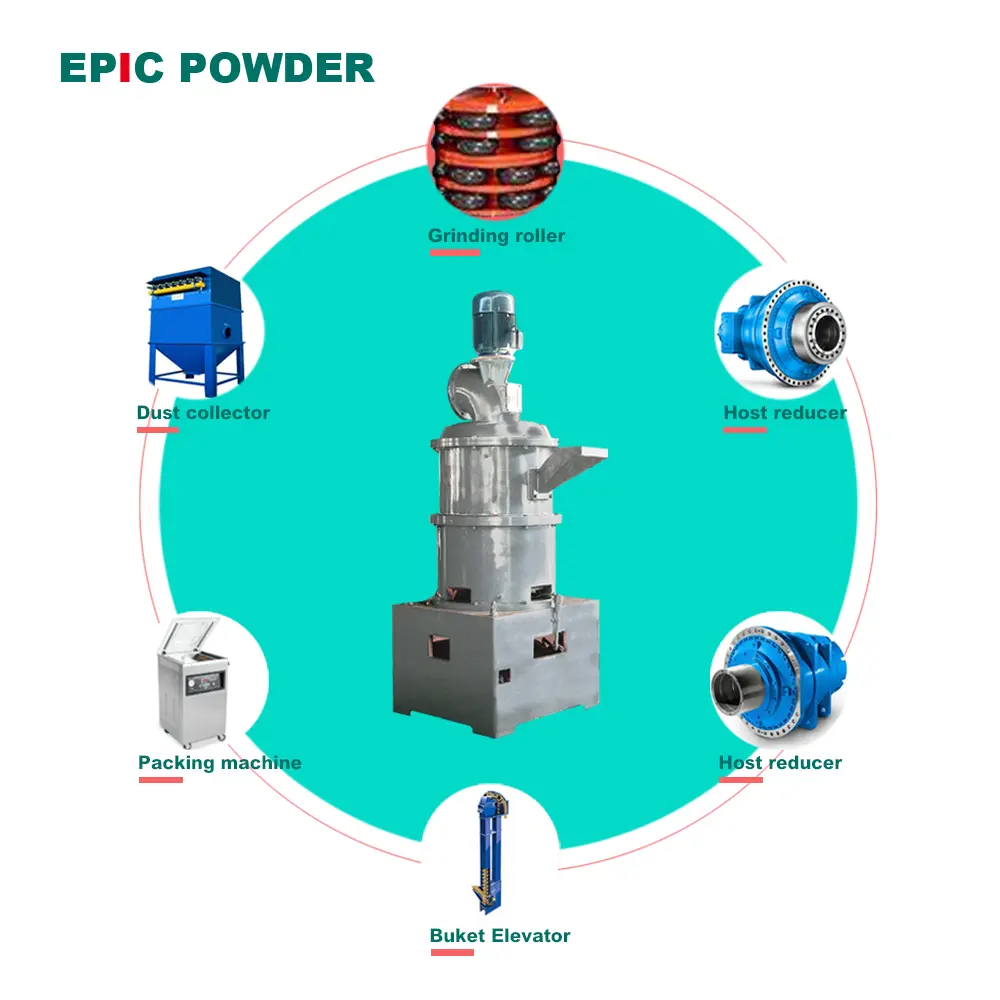Adhesives, as an important industrial cornerstone, are used in many key fields. Such as construction, automobile manufacturing, electronics industry and packaging, highlighting their indispensable significance. In these applications, powder as the key additive of adhesives, is like magic in the hands of a magician. It plays a pivotal role and adds infinite possibilities to the performance of adhesives. This article aims to provide an in-depth analysis of the diverse applications of powders in adhesives and their core value.
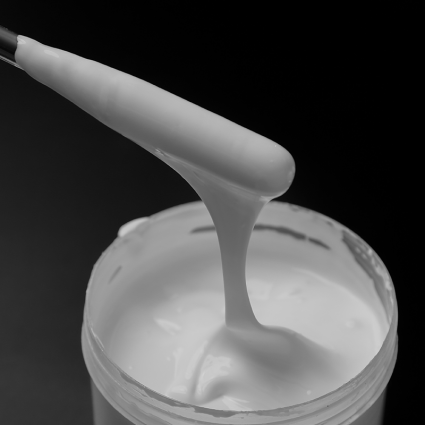
The applications of powders
The applications of powders in the world of adhesives are as colorful as a kaleidoscope. Among them, inorganic powders such as silica powder, talc powder, heavy calcium carbonate and zinc oxide have become indispensable in adhesive formulations. Their unique physical and chemical properties is like an indispensable treasure. They not only add volume to the adhesive, effectively reducing production costs, but also magically endow the adhesive with many functional properties, such as improving elastic modulus and impact toughness, enhancing thermal conductivity and heat resistance, and significantly reducing linear expansion coefficient and shrinkage. efficiency, etc., allowing the performance of the adhesive to jump to new heights.
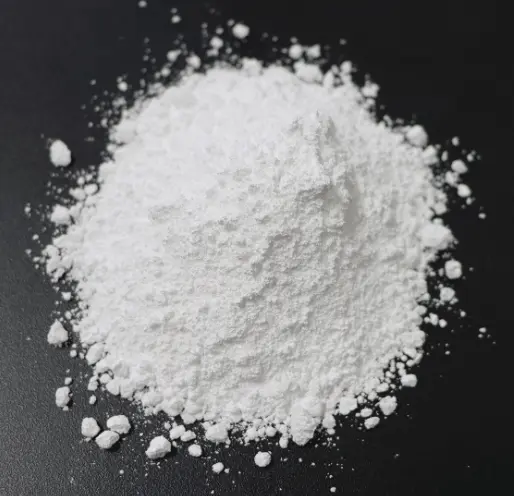
The surface properties of powders
The surface properties of powders, like hydrophilicity, hydrophobicity and charge, are like labels, profoundly affecting interaction patterns with other substances. Thus also subtly regulating the overall performance of the adhesive. The chemical composition of the powder, like its inherent genes, determines its reaction potential with other ingredients, providing a scientific basis for selecting the most suitable adhesive filler.
Faced with a dazzling array of powder options, how do you discern the essence? The key is an exact match. We need to start from the specific needs and expected performance of the adhesive system, and carefully select those powders that can not only meet the performance requirements. but also coexist harmoniously with the system, are easy to disperse, and do not cause adverse reactions. At the same time, comprehensive considerations such as safety, economy, availability and ease of processing are also indispensable to ensure that the selected powder not only has excellent performance, but also has practical advantages such as low cost and wide source.
Taking calcium carbonate as an example, this common filler powder shines in the field of adhesives due to its low price, fine uniformity, and excellent whiteness. Especially in emulsion adhesives for wood, calcium carbonate can not only effectively adjust the viscosity, but also significantly increase the hardness and bonding strength, providing solid support for optimizing the performance of the adhesive.
01 Relationship between calcium carbonate addition ratio and adhesive viscosity
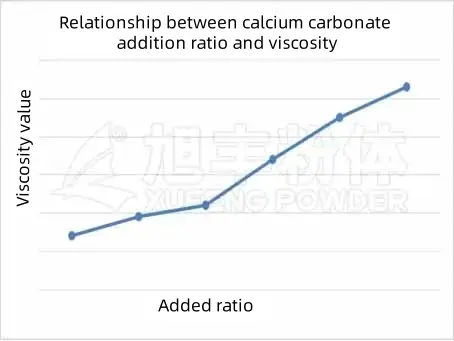
The test results show that with the increase of calcium carbonate addition, the viscosity value first increases slowly and then rises rapidly. Choosing the right ratio can adjust the viscosity and flow state of the adhesive to achieve the best construction viscosity.
02 Relationship between calcium carbonate addition ratio and adhesive hardness
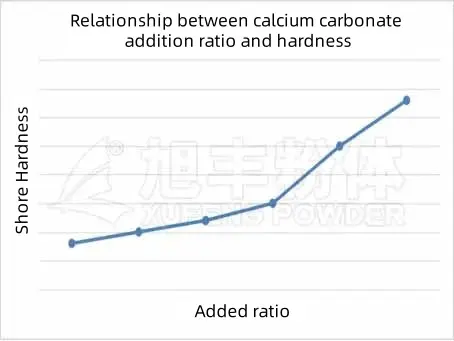
After testing, with the increase of calcium carbonate addition, the overall Shore hardness of the adhesive does not increase significantly. It begins to rise after reaching a certain addition amount. Therefore, choosing the right ratio can make the adhesive have better hardness and performance.
Conclusion
Powders are widely used in adhesives. They can not only improve the performance of adhesives, but also reduce costs and give special functions. With the continuous advancement of technology and application, the role of powders in adhesives will become more and more important. This provides more possibilities and opportunities for the development and application of adhesives.

